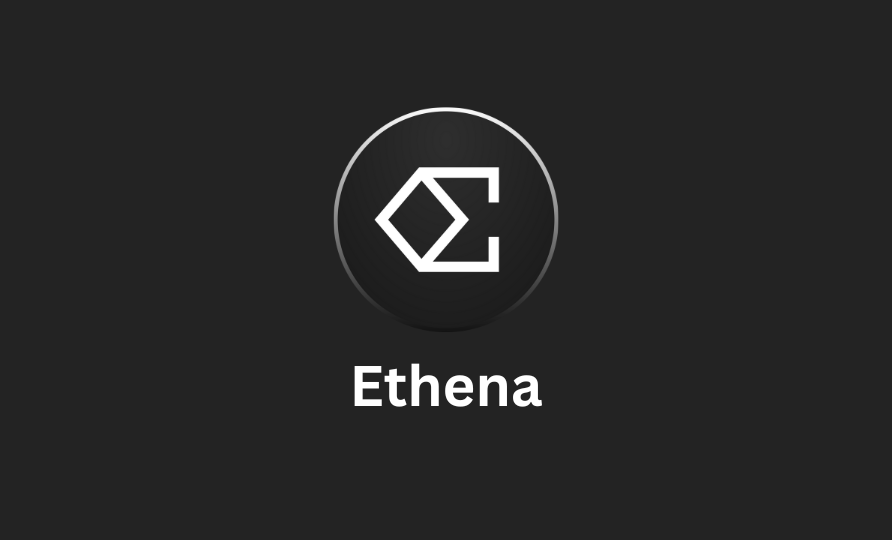Ethena was among the DeFi protocols to face their first major stress test, after Ethereum (ETH) lost more than 30% of its price in a week. The move was especially risky, due to Ethena’s reliance on a generally bullish ETH expectation.
The Ethena protocol survived Monday’s Ethereum (ETH) slide to under $2,200, absorbing the short-term shock. The risks for Ethena stem from paying high funding fees on its leveraged ETH positions. The other major risk is the stability of USDe, especially during panic withdrawals.
The recent market crash caused calls for around $50M in USDe, out of the total supply of more than 3B USDe. The native Ethena stablecoin is relatively hard to withdraw without losses, and has safeguards in the form of a cooldown period for withdrawals, which can expand to 90 days. USDe remains over-collateralized and held up its $1 price.
After the initial redeeming and DEX trading, a total of 96M tokens were redeemed, overcoming the initial news of market panic.
The decentralized protocol has been spreading USDe to other pools, yield farms and DEXs. The token is now in the hands of 11,149 reported users on-chain, with more than 50% of the supply staked. Holders of USDe can choose multiple protocols to earn yield on their USDe, as long as they don’t redeem.
Sorry to see this much pain across the board
On the Ethena side I can confirm there are zero issues with >$50m of redemptions processed overnight which is the largest to date
The backing assets and reserve remain at >101% v USDe supply per the attestation reports linked below: pic.twitter.com/02yP5tb298
— G | Ethena (@leptokurtic_) August 5, 2024
USDe capable of unwinding smoothly despite risk
In the past weeks, the supply of USDe sank to around 3.2M, with new issues almost grinding to a halt. Staked USDe is now making its way through the Ethereum ecosystem, with the biggest presence on Pendle and Morpho. A total of 7,052 wallets hold the staked asset for passive returns, posing the lowest risk of making a claim and redeeming.
Ethena has shown it is capable of slowly unwinding the supply of USDe without panic, over the course of months. During the latest market crash, some DEX saw a shift to more reliable types of stablecoins. USDe burns also surpassed new mints in the past weeks. Usually, not all USDe minted can be swapped reliably, but even the recent market crash did not lead to panic-selling, as Ethena supporters choose not to abandon the protocol.
During the market sell-off, ETH funding rates turned negative in the short term, remaining in that range for additional hours. This event put pressure on Ethena to repay based on its long-biased position.
Over time, Ethena has benefitted from the generally bullish expectation for ETH, which is its main source of earnings. For now, Ethena survived, but the initial hours of the market crash caused fears of losing the $1 level for USDe, or spreading risk to other protocols. Ethena has also not shown its survival ability in a protracted ETH bear market. The protocol functions on a probability curve, where a positive funding rate is not an absolute, and relies on several possible scenarios where it can remain viable.
Bybit becomes largest USDe holder
USDe transfers are flexible, and only in the span of a week Bybit lined up among the top USDe holders. Bybit holds more than 200M USDe tokens, after inflows started a week ago. USDe can now join the markets as collateral for perpetual swaps trading.
Ethena Labs announced the integration of USDe into Bybit from May 7, but only the last month saw a rapid inflow after adding a 20% APR reward for depositors. The addition of Bybit was seen as one of the factors to drive the supply of USDe toward $4B. For now, the aggressive expansion of USDe has stopped, possibly due to lowered demand on the Pendle protocol. At the end of July, Pendle proposed a new bond for USDe depositors, with a maturity date on December 25, 2024 and an annualized yield of 36%.
The collateral earnings on USDe have been available since August 2, and will start affecting USDe in the future. Skeptics see this as Bybit exposure to a risky asset, which is still capable of losing its $1 peg.
Despite the growth of USDe, the native ENA token has been sliding for the past 12 months. ENA crashed to a low of $0.23 during the recent market recovery, later returning to $0.27.
Cryptopolitan reporting by Hristina Vasileva





